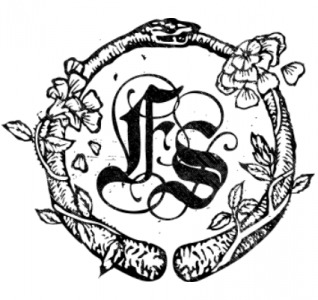Years ago I walked the labyrinth of Chartes. I didn’t go on my knees, which would have been the authentic way, but I wasn’t alone walking it. There was a woman on crutches behind me and I just thought that doing it on my knees would have been in bad taste. But before I belabor this too self-consciously, let me make my point– sometimes crawling is the only way to go.

The narrow passage of Wideford Hill.
Such is the case at the many portal “tombs” across the Orkneys, the most famous of which is the spectacular Maes Howe. Though archaeologists call these structures tombs, very few remains have been excavated from them– in some, none at all. The word “tomb” as been a reductive name for these structures that were more most probably sacred– perhaps calendar machines, astronomical observatories, or sites of shamanic seclusion. This argument has been put forth in the compelling and fantastical Uriel’s Machine. Like Robert Graves’ The White Goddess, it is more wish than fact, but with so much prehistory, this is what we have to go on, and it is enough.
Now that Skara Brae (a stone-age, subterranean village) and Maes Howe are World Heritage Sites, tourists are herded in and jokes are made about The Flintstones and Vikings, who used the tombs as hide-outs, having a “lads night in”. These distinctly spiritual places are reduced to fun-facts and family entertainment. The official line is that these were, basically, stone age mausoleums. To the predominantly Christian world-view that currently describes these sites, the lives of these people who built these places resemble our own lives in the most narrow way, and their ideas of the cosmos are reduced to naive superstition.

For instance, these are “stone things” found at Skara Brae. These are in a display case at the site. The viewer is not reminded of essential ideas here– that these were made by people who we have considered to be cavemen. And they were made without stone tools. These powerful objects and indeed verything about these sites argues that they are more mysterious and alien than what the official Scottish Heritage line will let on.
The chambered cairns were designed to be entered via a “creep” or narrow passageway in the earth. The womb analogy is inevitable here, though in all the writings on the subject I have read, only Julian Cope seems to notice this. And, with all due respect for his tireless work on increasing awareness of Neolithic pagan heritage, he sees Mama in everything.

This is the moody and charming Wideford Hill cairn. Unlike the other cairns we visited, this creep was too narrow to crawl through. One must climb in from the top, where the cairn was busted open durning (Victorian era?) excavation.
But for those visitors who are not content to be merely bussed to the major sites and herded around the perimeter, there are myriad cairns that can be explored on their own terms. Using an OS map, M and I were able to locate several, each with its own kind of darkness. Outside each cairn there is a wooden box containing a torch whose batteries are either dead or dying.
But it’s the ritual of crawling that gives the place meaning– knowing that everyone who entered (save the brutal Victorian archaeologists or Viking raiders who came in through the top) had to do it on all fours.

Here I am in the Fairy Knowe, or “tomb of a dog cult”– 24 dog skulls were found inside, but only 7 human skulls. This cairn was on Cuween Hill, just up the road from our cottage. The stone-age masonry– like at Maes Howe– is amazing. You can see it behind me. The creep of Fairy Knowe is 18 feet long– I scampered in and found the darkness warm– the shadows ocher colored. Inside was a feeling of safety, and wild information there for the taking, if one were to crawl further into one of the rooms. But I didn’t. You really have to be ready to do that, and I wasn’t.
But tomorrow…what happens when a farmer excavates a tomb himself? And what does this have to do with pensioners on skateboards?








